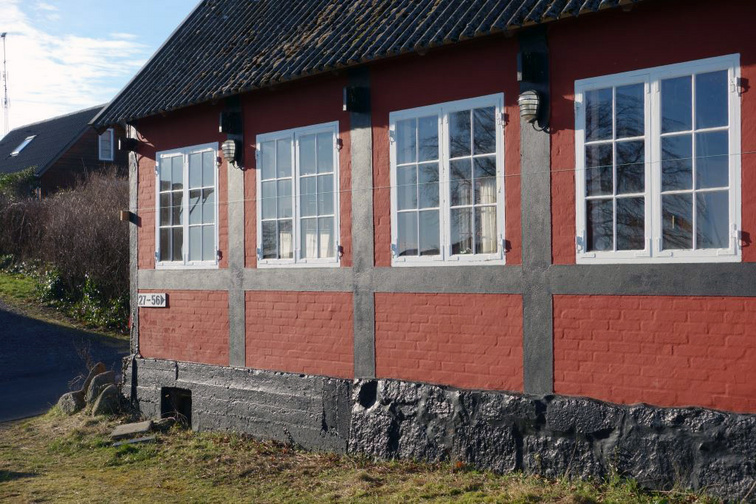Is it better for the environment to restore or renovate old buildings? And how does that compare to simply demolishing old buildings to build new ones? Those were the questions explored in the first Science Talk of 2022.
What is the first thing you think of when you read the words “sustainable built environment”?
Maybe your thoughts go to new and impressive buildings, which incorporate the newest technologies, practices, and materials. And that is of course part of the green transition in the built environment. But what about the existing building mass? What is the most sustainable way to transform all the old houses that no longer meet building regulations and may be in a shabby shape? Should we renovate them? Restore them? Or simply demolish them to build new ones?
This year’s Science Talks was kicked off by associate professor, architect MAA, and cand. polyt. Thomas Kampmann from The Royal Danish Academy, who addressed these questions. With the newly published research project “Life-Cycle Assessment of the Transformation of an Old House”, researchers from The Royal Danish Academy and DTU (The Technical University of Denmark) examined which transformation scenario has the lowest environmental impact based on an actual house on Bornholm from 1887.
Restoring is More Sustainable
The researchers worked with life cycle analyses (LCAs) in four different transformation scenarios of the old house:
1) Restored as listed, retrofitted with 75mm insulation
1b) Restored as listed, retrofitted with 200mm insulation
1c) Restored as listed, no insulation
2) Renovated, insulated to building regulations standards
Restoring entails using the original materials, doors, windows, etc., and repairing with the original materials and techniques, whereas you can change original constructions, parts, and so forth when renovating.
The environmental impact from these four scenarios was then further compared to the hypothetical construction of two new houses made from bricks and timber, respectively, and the answer was clear:
It is much better for the environment to restore old buildings than to demolish and build new ones.
Specifically, scenario 1b had the lowest environmental impact. Renovating the house to fit contemporary building regulations was also better for the environment than building a new house from either brick or timber but renovating gave the best result.
Differences in environmental impact were seen even more clearly when the life cycle assessment was based upon a 100-year lifespan instead of a 50-year one. And it is worth noting that the LCA of the new houses didn’t include the emissions of demolishing, so the difference is even higher.
LCAs Are the Way Forward
These are results based on a specific type of house, but with this project, the researchers have created a methodology that can be used to create typologies of other houses as well. To put it differently: This project has paved the way for comparing and identifying which buildings we should protect and keep, and in general how to approach the transformation of the existing building mass in the most sustainable way.
The project further shows how essential it is to perform life cycle analyses to understand the environmental impact of the built environment and building regulations must reflect that. According to Thomas Kampmann, it is also worth considering changing building LCAs from a 50-year lifespan to a 100-year one, seeing that the differences are greater and that many building parts can often exist for longer than 50 years.
The collaboration between The Royal Danish Academy and DTU on this project is also a great example of cross-disciplinary collaboration. By combining the strengths of architects and engineers this project brings results that couldn’t have been reached by either discipline alone.
Explore the results, calculations, and methodology of the research project “Life-Cycle Assessment of the Transformation of an Old House” here or watch the Science Talk on our YouTube.
This was the first of this year’s Science Talks. All Science Talks of 2022 have the theme “Regenerate”, which you can read more about in this interview with one of the industrial researchers from our Circular Built Environment Network. Stay updated on upcoming talks in our event calendar.







